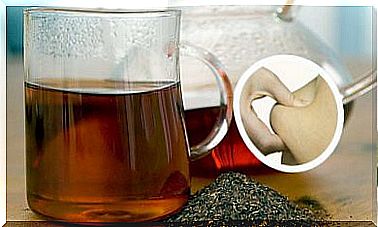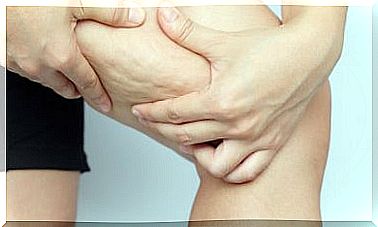Patellar Tendonitis: Causes, Symptoms And Treatment
People who play sports in which the knees are overloaded are more prone to this type of tendonitis.
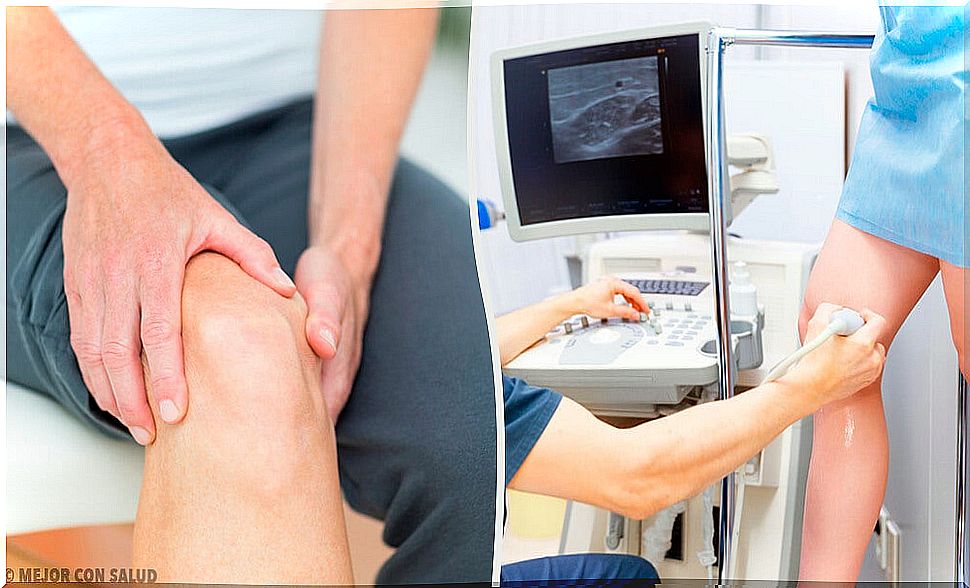
Patellar tendinitis, also known as “jumper’s knee,” is an injury or inflammation of the tendon that joins the kneecap with the tibia. The patellar tendon plays a major role in the stability of the knee, working in conjunction with the muscles in the area to be able to walk, run or jump.
The injury is caused by overuse, for example, by doing repetitive movements, which is why it is more common among athletes whose disciplines involve jumping, falling and constantly changing direction. However, even people who do not practice these types of activities can suffer from it.
The patellar tendon
The patellar tendon is a broad and strong structure that is located below the knee (patella) and connects the quadriceps muscle with the tibia. It is a rope-like fabric that allows the knee to stretch or extend when the quadriceps contracts.
Together with the ligaments, it is responsible for giving the knee greater stability, mainly when jumping, both when landing and when braking an associated horizontal acceleration movement.
What are the causes of patellar tendonitis?
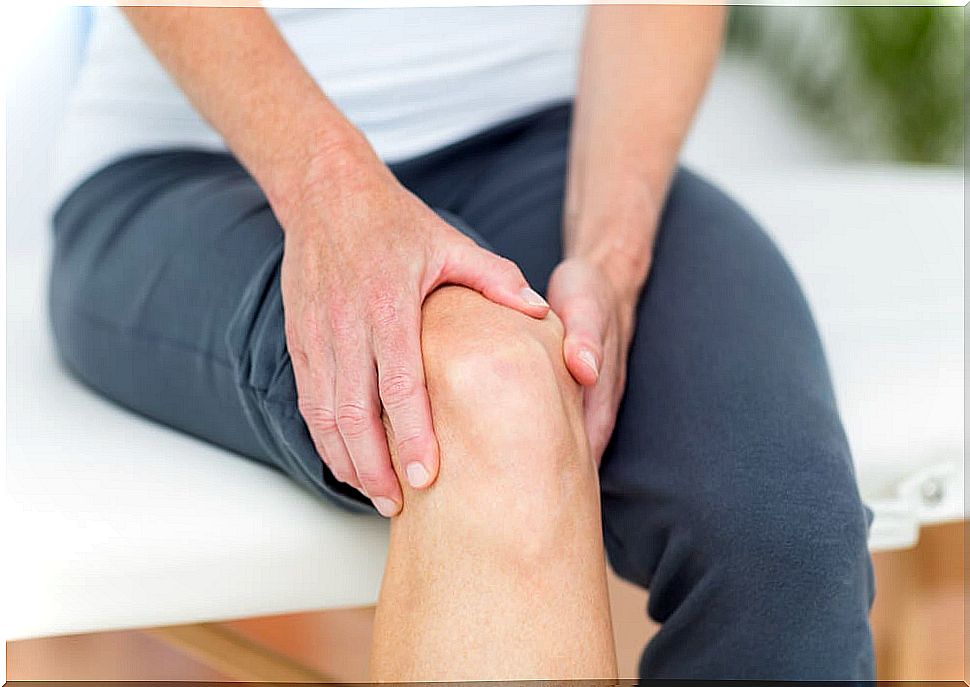
Patellar tendinitis occurs when the tendon is injured or inflamed due to overuse. This tissue suffers small tears that, when multiplied, trigger an inflammatory response that manifests itself with pain and weakness. When the body cannot repair the injuries and the tendon damage persists for several weeks, what is known as tendinopathy appears.
Risk factor’s
The continued practice of some sports has been linked with an increased risk of patellar tendinitis. However, everything indicates that you are more likely to suffer from it due to the combination of several factors.
Physical activity
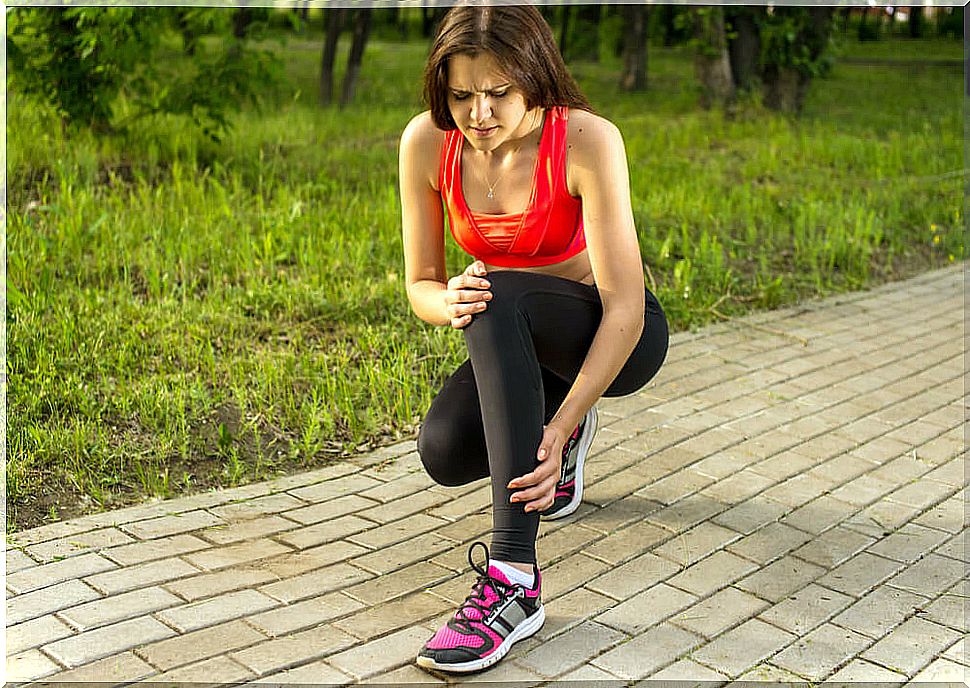
Any type of physical activity that involves running and jumping greatly increases the risk of suffering from patellar tendonitis. It mainly affects people who play sports such as:
- Basketball
- Volleyball
- Football
- Athletics
- To run
Increasing the frequency and intensity of these activities also influence the pressure on the tendon. In addition, in certain cases, there are negative consequences for wearing inappropriate footwear.
Muscle stiffness in the legs
The patellar tendon can be irritated or injured by muscle stiffness in the quadriceps and hamstrings, often extending to the back of the thighs.
Muscle imbalance
If there are muscles in the legs that are weaker than others, the stronger ones can pull the patellar tendon with greater intensity, which also causes injury.
Symptoms of patellar tendonitis

The main symptom of patellar tendonitis is pain that is located between the kneecap and the tibia (the area most affected by the injury). It can manifest itself when starting physical activity, or after a very demanding workout.
The pain can be more severe due to lack of treatment, especially if you continue to train or compete. Over time, it makes it difficult to move your knees, for example when climbing stairs, jumping or getting on your knees.
Other symptoms include:
- Muscle stiffness and weakness
- Lack of balance
- Increase in temperature in the area
- Inflammation
Diagnosis
As a first measure, the doctor does a physical examination to determine in which area the pain occurs. If it occurs in the front of the knee, just below the kneecap, it may be from tendonitis. To confirm the diagnosis and assess the severity of the injury, complementary imaging tests may be suggested.
- X-rays. To determine if there are other problems causing the pain.
- Ultrasound Create an image of the knee using sound waves to reveal the patellar tendon tears.
- Magnetic resonance imaging (MRI). It is used to create detailed images that can reveal subtle changes in the tendon.
Treatment
Before considering options such as surgery, your doctor will suggest other less invasive treatments.
- Pain relievers: such as ibuprofen or naproxen sodium.
- Physiotherapy: stretching exercises, strengthening exercises, use of a patellar tendon strap, among others.
- Corticosteroid injection: only if conservative treatment does not work. Relieves pain, but can also weaken tendons.
- Surgery: only in exceptional cases, if treatment fails. The procedure can be done through small incisions around the knee.
For optimal recovery, it is important to temporarily avoid sports or activities that can strain the knee, as damage to the patellar tendon could worsen.





